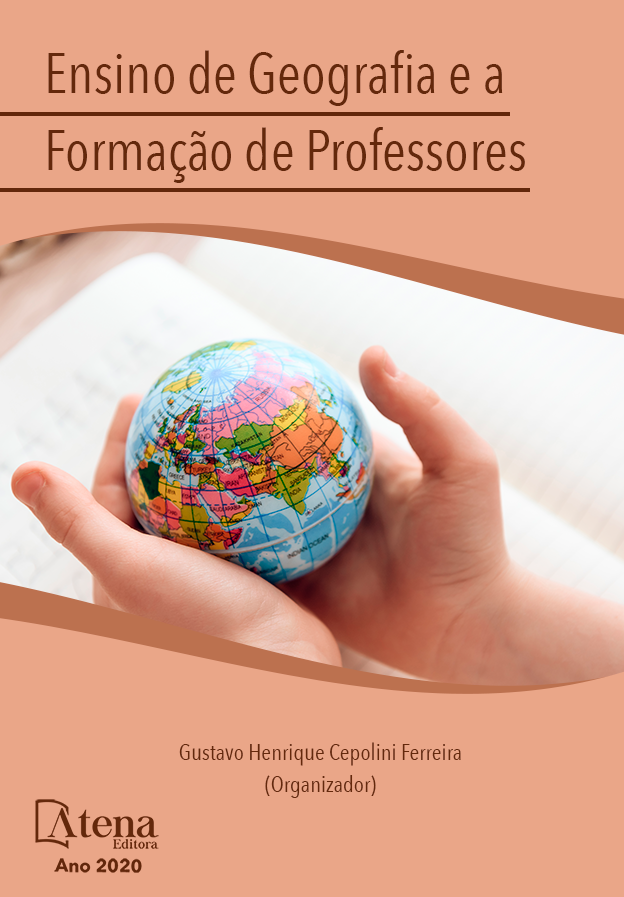
GEOGRAFIA DA RELIGIÃO E O ESTUDO DOS POVOS TRADICIONAIS DE MATRIZ AFRICANA
Os povos tradicionais de Matriz Africanas se reconhecem como unidade de resistência dentro do território brasileiro. Os mesmos se caracterizam pela manutenção de pequenas áfricas no Brasil, constituindo territórios próprios que são marcados pela vivência em comunidade, os mesmos se sustentam em uma luta diária, desde a diáspora dos africanos escravizados que chegaram ao Brasil no início do século XVI, trazendo na bagagem uma cultura riquíssima, de origem identificável cronologicamente e geograficamente. Três grandes grupos vieram em maior número: Bantu, Fon e Yorubá, marcando com muita propriedade na construção de parte do nosso vocabulário atual, com a inserção de sua língua, sua cultura e seus costumes, especificamente o Quimbundo muito utilizado nas casas de Religião Tradicional de Matriz Africana. Compreendem o território como espaços vividos e apropriados para vivenciar o sagrado, possuem uma diversidade integradora, mas não homogênea. Essa ritualização e afirmação identitária se dá nos espaços reconhecidos e chamados de terreiros ou roças de candomblé, onde vivenciam suas práticas e constroem seus símbolos. Negar estes espaços como território de um povo é negar toda uma civilização, e o mesmo que dizer que a África não existe e nem faz parte do mundo. Percebemos a necessidade de aplicação e manutenção das leis já existentes, visto que muitos terreiros sofrem ataques constantemente por manifestarem uma religião diferente das que grande parte da sociedade branca brasileira pratica. Muitos grupos tentam de toda forma se apropriar e expropriar os direitos desse povo tomando para si essa riqueza cultural material e imaterial que esse povo dividiu conosco.
GEOGRAFIA DA RELIGIÃO E O ESTUDO DOS POVOS TRADICIONAIS DE MATRIZ AFRICANA
-
DOI: 10.22533/at.ed.70520040912
-
Palavras-chave: Território. Tradição. Espaço sagrado. Geografia.
-
Keywords: Territory. Tradition. Sacred space. Geography.
-
Abstract:
Traditional African Matrix peoples recognize themselves as a unit of resistance within Brazilian territory. They are characterized by the maintenance of small Africas in Brazil, constituting their own territories that are marked by experience in community, they are sustained in a daily struggle, since the diaspora of enslaved Africans who arrived in Brazil in the beginning of the 16th century, bringing baggage a rich culture, of origin identifiable chronologically and geographically. Three large groups came in greater numbers: Bantu, Fon and Yorubá, with great propriety in the construction of part of our current vocabulary, with the insertion of their language, their culture and their customs, specifically the Quimbundo widely used in houses of Traditional Religion of African Matrix. They understand the territory as lived and appropriate spaces to experience the sacred, they have an integrating diversity, but not homogeneous. This ritualization and identity affirmation takes place in the spaces recognized and called candomblé terreiros or gardens, where they experience their practices and build their symbols. To deny these spaces as the territory of a people is to deny an entire civilization, and the same as saying that Africa does not exist and is not part of the world. We perceive the need to apply and maintain existing laws, since many terreiros are constantly under attack for manifesting a religion different from that which a large part of white Brazilian society practices. Many groups try in every way to appropriate and expropriate the rights of this people, taking for themselves this material and immaterial cultural wealth that these people shared with us.
-
Número de páginas: 10
- ROSANA PEREIRA DE BRITO
- JOSENILTON BALBINO DE MELO


